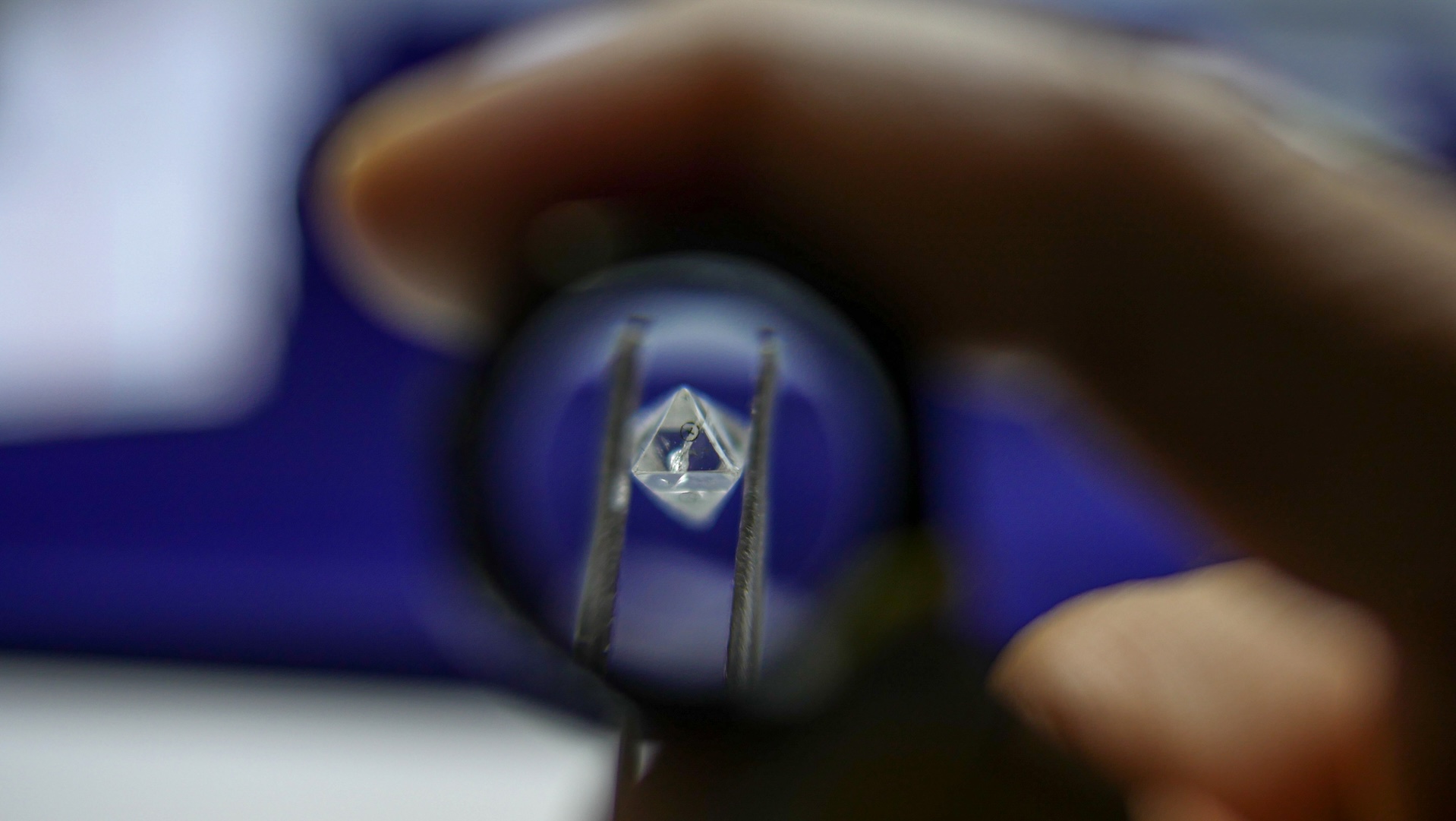Coatings, Vol. 14, Pages 329: Evaluation of Microvoid and Microleakage Potential of Bulk-Fill Resin Composites in MOD Restorations
Coatings doi: 10.3390/coatings14030329
Authors: Gözde Caník Nuran Ulusoy Kaan Orhan
Background: Polymerization shrinkage and microvoid formation has been a significant problem giving way to resin composite failure. The aim of this study was to evaluate the microvoid potential and microleakage of two bulk-fill and a microhybrid resin composite applied with different adhesive materials. Materials and Methods: MOD cavities were prepared in 60 endodontically treated maxillary premolars. The teeth were divided into six different groups (n = 10) according to adhesive systems (Gluma (Kulzer), OptiBond FL (Kerr) and resin composite materials EverX Posterior (GC) and Filtek One Bulk Fill (3M ESPE). An aging procedure with 5000 cycles of thermal cycling was applied. All teeth were individually scanned with micro-computed tomography. A Shapiro–Wilk test, two-way MANOVA, and Bonferroni analysis were used for statistical tests. Results: Self-etch groups showed more microleakage than total-etch groups. Minimum microleakage was observed in Filtek One Bulk Fill groups, whereas G-aenial Posterior groups showed maximum microleakage. Conclusions: Filtek One Bulk Fill (3M ESPE) resin composite was found to be more effective in reducing microvoid formation in MOD cavities when applied with total-etch adhesive systems. However, EverX Posterior (GC) and G-aenial Posterior (GC) showed less microvoid formation with self-etch adhesive systems.

 2 months ago
29
2 months ago
29


